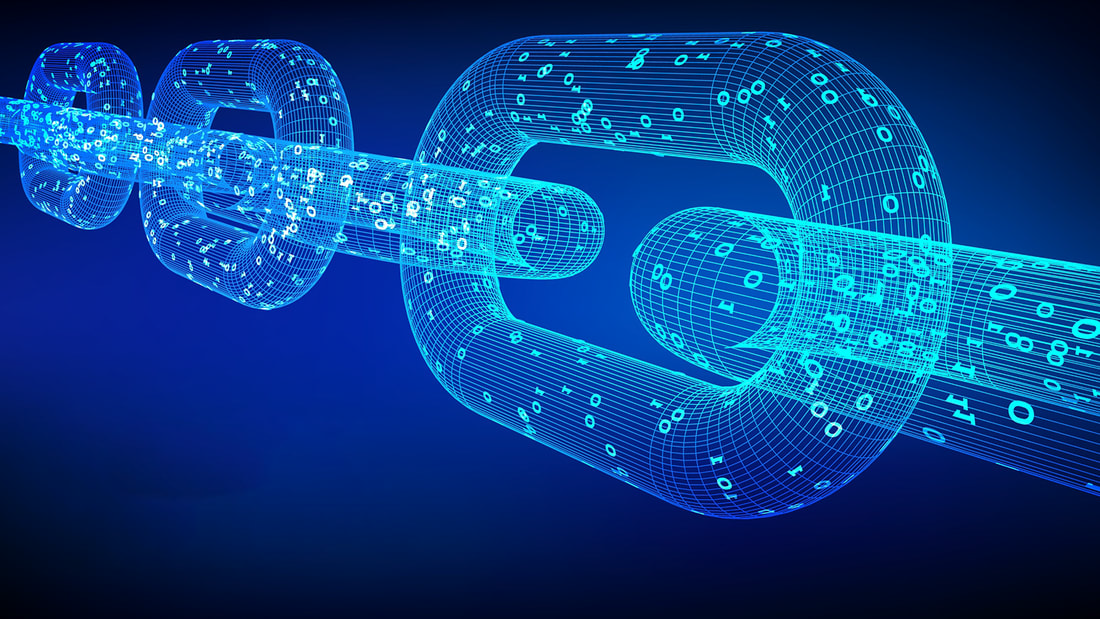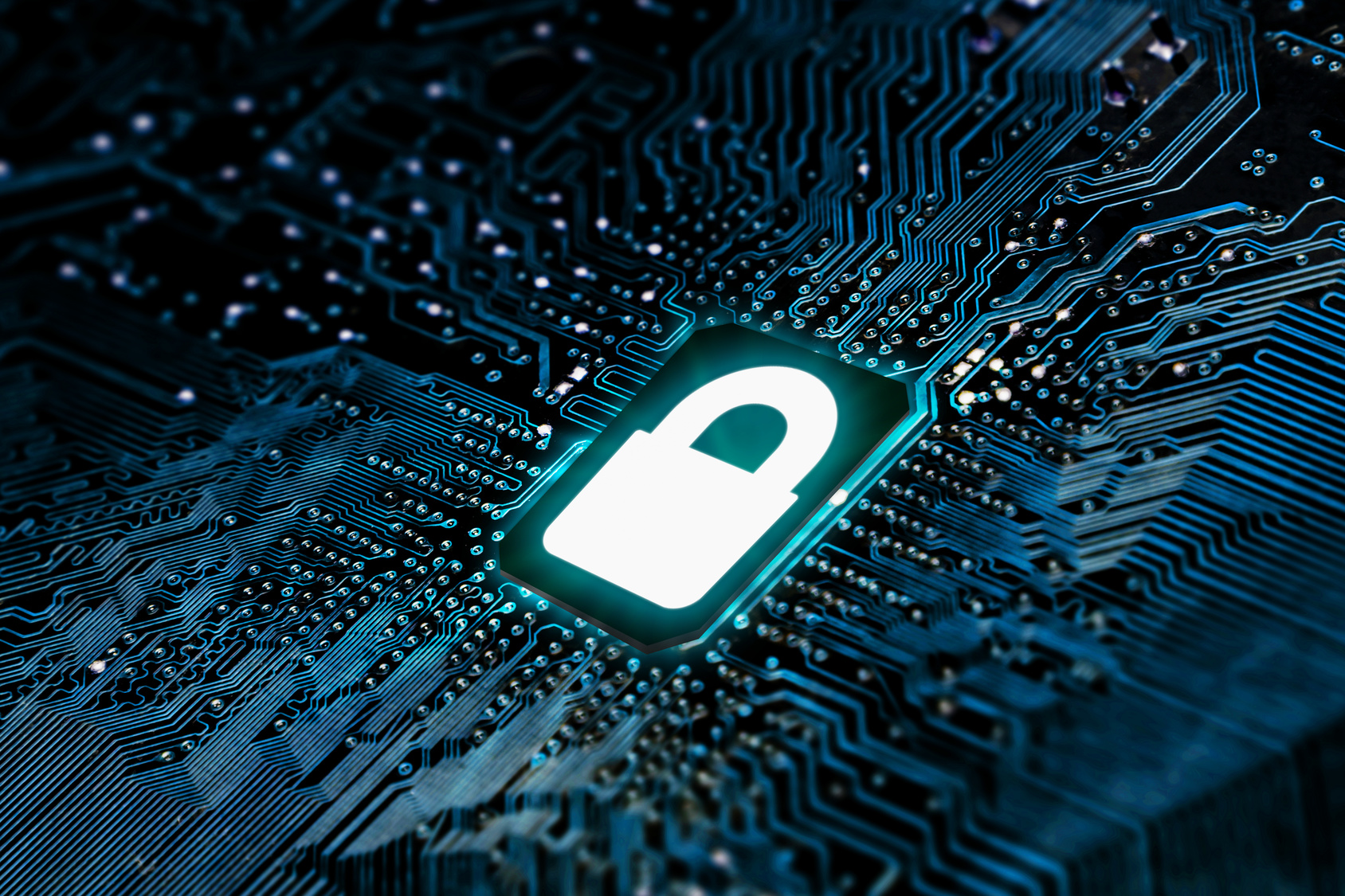
Virtual Identity Explained
With the increasing use of technology, the concept of virtual identity has become a popular topic of discussion. Virtual identity refers to the digital representation of an individual, which includes personal information, behavior, and interactions in the online world. This article explores the technical aspects of virtual identity and its role in various digital platforms.
The Technical Aspects of Virtual Identity
Virtual identity is a complex concept that involves technical aspects such as data encryption, user authentication, and digital signatures. Data encryption is used to ensure that personal information is kept secure during transmission across networks. User authentication is the process of confirming the identity of an individual using a username and password, biometric verification, or other identification methods. Digital signatures are used to verify the authenticity of electronic documents and transactions.
Virtual Identity: The Role of Authentication
Authentication is a critical component of virtual identity, as it ensures that only authorized individuals have access to personal information and digital resources. In addition to usernames and passwords, modern authentication methods include multi-factor authentication, biometric verification, and behavioral analysis. Multi-factor authentication involves using more than one form of identification, such as a password and a security token. Biometric verification uses physical characteristics, such as fingerprints or facial recognition, to identify individuals. Behavioral analysis uses machine learning algorithms to analyze user behavior and detect anomalies that may indicate fraudulent activity.
Virtual Identity vs. Real Identity: A Comparison
Virtual identity differs from real identity in several ways. Real identity refers to an individual’s physical characteristics and personal information, such as name, date of birth, and address. Virtual identity includes this information, as well as online behavior, interactions, and preferences. Virtual identity can be more fluid than real identity, as individuals can create multiple virtual identities or change their online persona to fit different contexts.
Privacy Concerns in Virtual Identity
Privacy is a major concern in virtual identity, as personal information can be easily accessed and exploited in the online world. Individuals must be aware of the risks associated with sharing personal information online and take steps to protect their virtual identity. This includes using strong passwords, limiting the amount of personal information shared online, and being cautious when interacting with unknown individuals or sites.
Digital Footprint: Building Virtual Identity
A digital footprint is the trail of data left behind by an individual’s online activity. This includes social media posts, search engine queries, and website visits. A digital footprint can be used to build a virtual identity, as it provides insight into an individual’s behavior and interests. It is important for individuals to manage their digital footprint and ensure that it accurately represents their values and beliefs.
The Importance of Virtual Identity Management
Virtual identity management involves controlling and maintaining an individual’s online presence. This includes monitoring online behavior, managing privacy settings, and responding to negative content or reviews. Virtual identity management is important for individuals, businesses, and organizations to maintain a positive image and protect against reputation damage.
Virtual Identity and Cybersecurity
Virtual identity is closely tied to cybersecurity, as the protection of personal information and digital resources is essential to maintaining virtual identity. Cybersecurity involves protecting against unauthorized access, cyber-attacks, and data breaches. Individuals and businesses must implement strong security measures, such as firewalls, encryption, and intrusion detection systems, to protect against cyber threats.
Virtual Identity in Social Media
Social media platforms are a major component of virtual identity, as they provide a space for individuals to express themselves and interact with others online. Social media profiles can be used to build a virtual identity, showcase skills and accomplishments, and connect with others in a professional or personal capacity. It is important for individuals to be mindful of their social media activity and ensure that it aligns with their desired virtual identity.
Virtual Identities in Gaming: A Technical Discussion
Virtual identities are also prevalent in the gaming world, where individuals can create avatars and interact with others in virtual environments. Gaming platforms must implement strong security measures to protect against hacking, cheating, and other forms of abuse. Virtual identities can be used to enhance the gaming experience, as players can customize their avatars and build relationships with other players.
Virtual Reality and Virtual Identity
Virtual reality technology allows individuals to immerse themselves in virtual environments and interact with others in a more realistic way. Virtual reality can enhance virtual identity by allowing individuals to create more realistic avatars and interact with others in a more natural way. It is important for individuals to be aware of the privacy risks associated with virtual reality and take steps to protect their personal information.
The Future of Virtual Identity
As technology continues to evolve, the concept of virtual identity will become increasingly important. It is up to individuals, businesses, and organizations to manage virtual identity effectively and protect against cyber threats. By understanding the technical aspects of virtual identity and implementing strong security measures, individuals can build a positive online presence and protect their personal information in the digital world.



